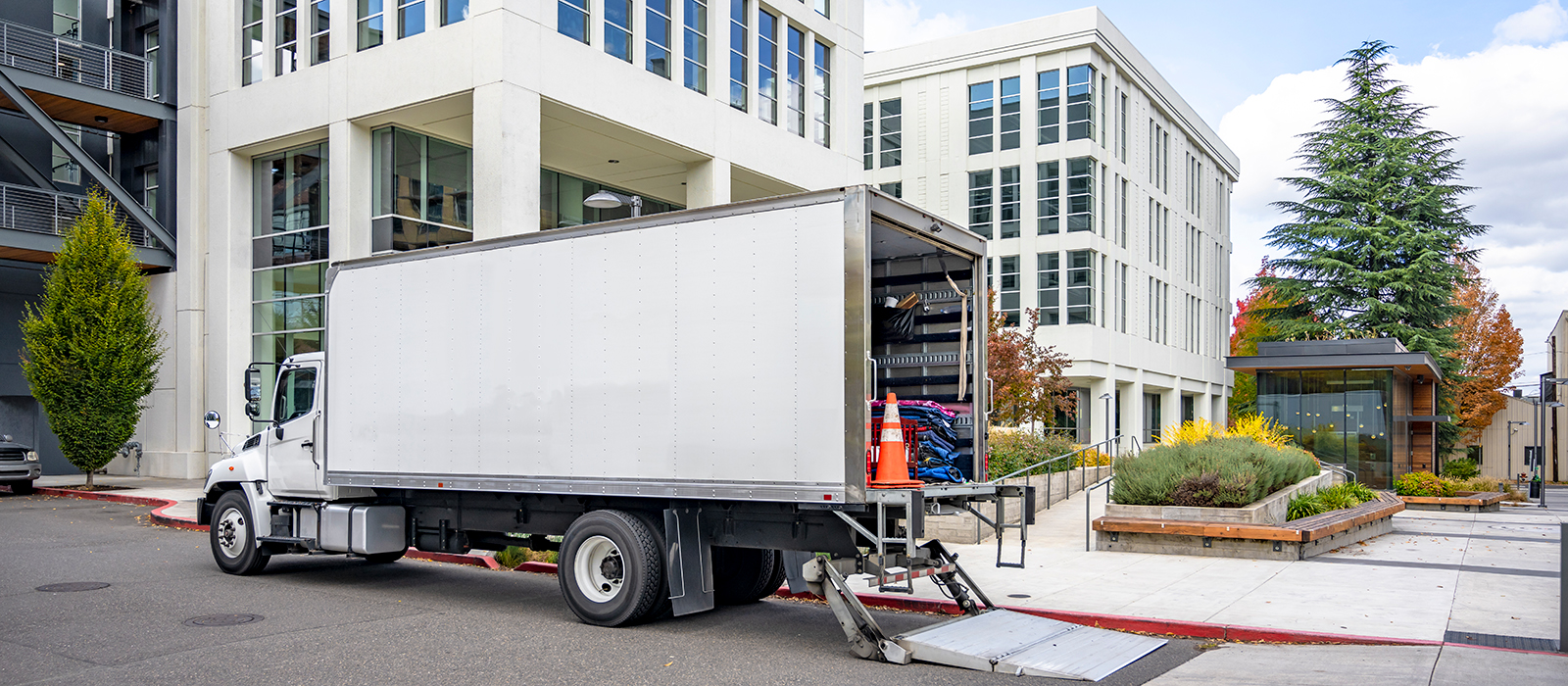Safe Removal of Mercury-Containing Flooring in School Gyms

Products such as thermometers, thermostats, fluorescent light bulbs, and some electrical switches have long been known as potential sources of mercury. In recent years another mercury-containing product – polyurethane flooring – has garnered public attention and concern. Some polyurethane or rubber-like floorings manufactured from 1960 to 1980 contained mercuric acetate. These floors are most often found in sports settings (e.g., gymnasiums, running tracks) but also can be found in industrial plants and hospitals – wherever a cushioned, all weather, non-slip surface would be needed. Some of these floors can also release significant amounts of elemental mercury in the air, which can in turn be absorbed and re-emitted by furnishings and equipment. Additionally, floors disturbed during resurfacing or removal may release much more mercury than floors that are intact, posing a potential health concern for workers or the public.
Many colleges, universities and school districts have come up against mercury-containing flooring in recent years, sometimes finding themselves in the media spotlight. The good news is that there are options for the safe management or removal of mercury-containing flooring. When institutions suspect this type of flooring is in their facility, it is critical to quickly engage a qualified professional to:
- determine if mercury is present
- determine if it poses a potential health risk
- develop a safe and effective plan
It is essential that the professional enlisted to help can effectively communicate the environmental health risks to a diverse group of stakeholders and regulatory agencies. Their information and communications must be accurate, timely, and fully defensible, as well as readily understood by a lay audience.
To illustrate how to properly address the challenge of removing a mercury-containing floor, we’ll examine how one university managed the removal and remediation of mercury-containing flooring in their gym and the critical components to its success. Before we delve into that, let’s first go over the health risks related to mercury in flooring.
Risks of Mercury in Flooring
According to the US EPA, how a person’s health may be affected by exposure to mercury depends on several factors including the form of mercury and how they are exposed (breathing, eating, skin contact, etc.). In the case of mercury-containing flooring, the concern is exposure to elemental (or metallic) mercury, which mainly causes health effects when inhaled as a vapor where it can be absorbed through the lungs. Additional factors to consider are:
- the level of mercury in the air
- how long the exposure lasts
- the sensitivity of the person exposed (children and pregnant, or soon-to-be pregnant, women are the most susceptible)
- the health of the person exposed
Depending on the above factors, the effects of mercury exposure may be severe, subtle, or pose little risk. Symptoms of prolonged and/or acute exposures to high levels of elemental mercury include:
- emotional changes (such as mood swings, irritability, nervousness, excessive shyness)
- insomnia, tremors, headaches
- neuromuscular changes (such as weakness, muscle atrophy, twitching)
- impacts to mental function
Very high exposures may also cause kidney effects, respiratory failure and death.
Mercury Flooring Removal in a Gym Slated for Renovation
A university planned to renovate their gym where the flooring was comprised of hardwood on top of an older synthetic rubber floor. Due to recent attention on mercury-containing flooring, the university was concerned that the synthetic floor in the gym may contain mercury. They enlisted the help of EH&E to conduct testing and, if needed, design a remediation plan to ensure the safety of workers and of faculty and students in areas adjacent to the gym.
Assessing the Risks
Testing confirmed significant levels of mercury in the synthetic flooring. The project schedule demanded that the mercury-containing floor be replaced while the adjacent spaces remained occupied. Although air testing determined that mercury levels were low in the gym before the hardwood floor was removed, it was critical to verify that mercury concentrations could be controlled after the hardwood floor was removed, exposing the rubber flooring, and potentially increasing airborne mercury concentrations.
EH&E performed a risk assessment to establish acceptable site-specific thresholds for mercury concentrations in the gym and surrounding areas during renovation, and clearance criteria before the new flooring could be installed. This included reviews of existing literature and guidance values from agencies such as the US EPA. A critical issue that arose when planning the project was determining whether there would be mercury emissions from the concrete underneath after the mercury-containing flooring was removed, and whether the replacement floor could be installed by workers without safety precautions. There was no readily available information to answer this question, and it could significantly increase costs and prevent the gym from opening on schedule. To resolve the issue, EH&E measured mercury emissions from the synthetic and concrete floors and used modeling to predict the mercury levels in the gym after removal of the synthetic and hardwood flooring. Based on the modeling results, EH&E concluded that airborne mercury concentrations could be maintained under the established exposure thresholds with:
- supplemental ventilation in the gym
- adjusting existing air handling systems that also serve adjacent spaces to prevent cross-contamination
- implementing engineering controls
EH&E provided specifications for the controls and ventilation and the flooring removal project moved ahead on schedule.
Monitoring and Verifying Safe Levels during Construction
A monitoring plan was designed to verify that exposures and risks were controlled. Monitoring was conducted in the gym and adjacent spaces during floor removal. During the removal, EH&E’s measurements verified that mercury levels inside the work zone were low, consistent with the modeling predictions, and mercury levels outside the work zone were also low and well within safe levels.
Once the removal of flooring was complete, and prior to installation of the new flooring, testing was conducted to verify mercury concentrations met the target levels established by the risk assessment and modeling. Testing results confirmed the remediation activities were successful. This was great news for the university, and they were able to proceed with installation of the new flooring.
Careful Planning is Key
The key to safely and successfully managing environmental hazards such as mercury-containing flooring is careful planning upfront. The risk assessment and modeling were integral to the success of the remediation of mercury flooring in the school gym. These steps provided an accurate assessment of the potential risk during all phases of the remediation so appropriate measures could be put in place to ensure the safety of workers and occupants in adjacent spaces. Before remediation activities begin, it is necessary to conduct a risk assessment and exposure modeling to properly assess the potential risk, establish health-protective exposure thresholds, implement engineering controls and worker protection to minimize exposure risk (if necessary), and determine criteria for re-occupancy.
While removal of mercury-containing flooring is the focus of this post, institutions should be aware that it isn’t the only safe option. Depending on different factors such as mercury levels in the air and the capability of ventilation systems, a management plan can be put in place to keep mercury emissions within safe levels without having to remove the floor.
If you know, or suspect, that there is a mercury-containing floor in your facility, contact us to help you develop the best and safest approach to mitigating any potential risks.
Subscribe
to our blog
"*" indicates required fields




